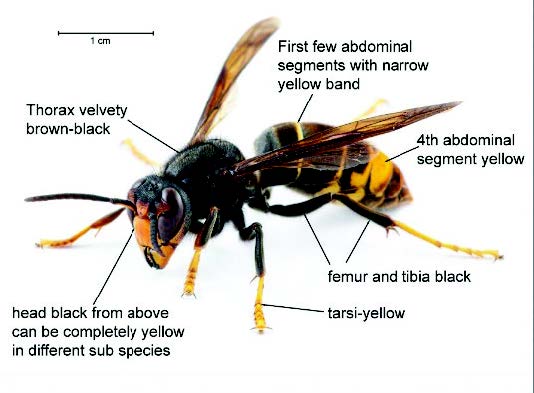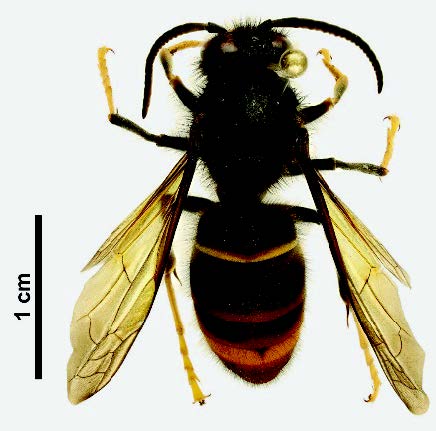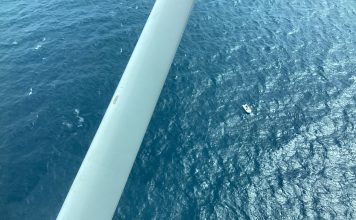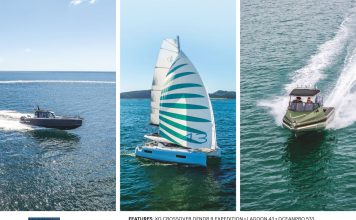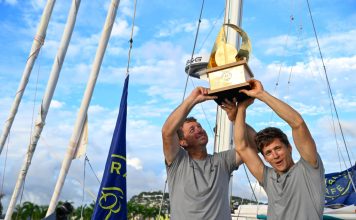Exotic caulerpa refers to two nearly identical species, Caulerpa brachypus and Caulerpa parvifolia. Known for their oar-shaped fronds and rapid growth, these seaweeds can form dense underwater mats, competing with native species for space and nutrients. Found at depths between 2 and 35 metres, exotic caulerpa thrives on both hard surfaces and sandy seabeds, posing a significant ecological challenge.
Since its first discovery at Aotea Great Barrier Island in 2021, exotic caulerpa has spread across more than 1,500 hectares in the upper North Island. It has since been confirmed at Ahuahu Great Mercury Island, Te Rāwhiti Inlet in Northland, Kawau Island, Waiheke Island, Mokohinau Islands, Rakino Island, Fantail Bay, Coromandel Peninsula, and Omaha Cove/Leigh Harbour (although this was a small, discrete patch which has been removed).
While some areas show sparse growth, others are overwhelmed by thick carpets of the invasive seaweed. The spread is believed to have started years before detection, likely introduced via international vessels.
There are four areas of legal restrictions on anchoring and fishing around the upper half of the North Island that boaters need to be aware of: You can also help by following the legal restrictions on anchoring and fishing that are in place at 3 of the areas with exotic caulerpa – Aotea Great Barrier Island, Ahuahu Great Mercury Island, Te Rāwhiti Inlet (Northland), and, newly added, Waiheke Island.
The infestation around Waiheke Island represents a critical concern. The newly designated controlled area spans Onetangi Bay and Thompson’s Point, with restrictions on certain fishing methods and anchoring to prevent further spread. While anchoring and some fishing methods, like line fishing, are permitted, stringent cleaning measures for anchors and equipment are now mandatory before moving to other locations.
The impact of exotic caulerpa extends beyond Waiheke Island. Dense mats can disrupt marine biodiversity, affect recreational fishing, and threaten commercial ventures. For a nation deeply connected to its waters, such ecological imbalances could have lasting consequences.
Boaters, fishers, and divers play a pivotal role in halting the spread. Adhering to biosecurity measures, such as cleaning anchors and gear, is essential. Bagging and securely disposing of any seaweed found is critical. Legal restrictions in controlled areas must also be followed to minimise risk.
Exotic caulerpa serves as a stark reminder of the vulnerabilities in our marine biosecurity. By acting decisively and collectively, we can protect New Zealand’s marine environment for future generations. Let’s work together to keep our waters thriving and resilient.















